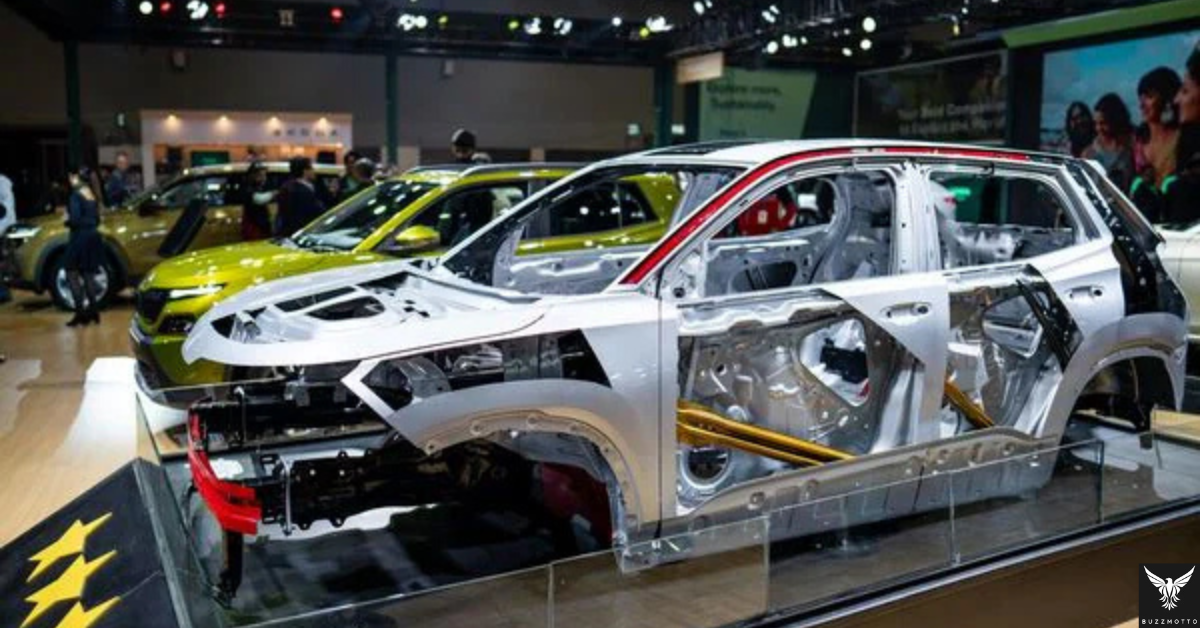Table of Contents
India’s automobile industry is expected to feel only a minimal impact from China’s latest restrictions on rare earth magnet exports, thanks to the overwhelming dominance of internal combustion engine (ICE) vehicles in the country, according to a recent report by Nuvama.
Over 95% of vehicles on Indian roads still run on traditional ICE technology, significantly insulating the sector from disruptions caused by the export curbs on rare earth materials (REMs). In contrast, electric vehicles (EVs), hybrid passenger vehicles, and electric two-wheelers — which rely more heavily on REMs — will bear the brunt of the policy shift.
The report highlights that rare earth materials are critical components for various technologies, but their highest concentration of use lies in electric vehicle motors. These motors, especially Permanent Magnet Synchronous Motors (PMSMs), depend on REMs to sustain magnetic performance under high-temperature conditions. While PMSMs are standard in EVs, their usage is considerably lower in hybrid and ICE vehicles.
REM Usage Comparison Across Vehicle Types
- Electric Vehicles (EVs): ~0.8 kg REMs per vehicle
- Hybrid Vehicles: ~0.5 kg REMs per vehicle
- ICE Vehicles: ~0.1 kg REMs per vehicle
This data reinforces the conclusion that conventional ICE vehicles are largely shielded from the effects of REM supply chain constraints.

China’s Export Curbs on REMs
In April 2025, China tightened controls on the export of seven crucial rare earth elements: samarium, gadolinium, terbium, dysprosium, lutetium, scandium, and yttrium. These elements are essential for producing high-performance magnets like neodymium-iron-boron (NdFeB) and samarium-cobalt (SmCo), which power a range of applications — from electric vehicles to military systems.
Although the primary motivation behind these restrictions appears to be related to national security and defense supply chains, their influence extends into civilian sectors such as automotive, aerospace, and industrial manufacturing. Currently, China dominates over 90% of global REM processing, making any export policy shifts from Beijing highly influential on worldwide markets.
India’s EV Growth: Still Nascent
Despite rapid growth in EV adoption — with electric two-wheeler penetration reaching 7% and electric passenger vehicles at 3% — India is still in the early stages of transitioning to cleaner mobility. The sector has grown at a compounded annual growth rate (CAGR) of 25% between FY23 and FY25, but from a relatively small base. As a result, any potential decline in EV output due to material shortages would likely have a limited effect on the broader auto industry in the country.
The report adds that the most significant impact from China’s export restrictions will be seen in this order:
- Electric Passenger Vehicles (PVs)
- Hybrid Passenger Vehicles
- Electric Two-Wheelers
- ICE Vehicles – least affected

Import Certification Requirements
Automotive manufacturers dependent on Chinese REMs will now have to undergo an additional approval process — securing end-use certification from Chinese authorities before materials can be exported. This new protocol is expected to introduce a lead time of approximately 45 days, adding to supply chain complexity for global players.
Conclusion
India’s heavy reliance on ICE vehicles offers the nation a buffer against the immediate repercussions of China’s rare earth export restrictions. However, as India continues to push toward electrification in its transportation sector, ensuring a diversified and resilient supply chain for critical materials like REMs will become increasingly important.


1 thought on “India’s ICE-Dominated Auto Market Cushions Rare Earth Export Blow: Nuvama Report”